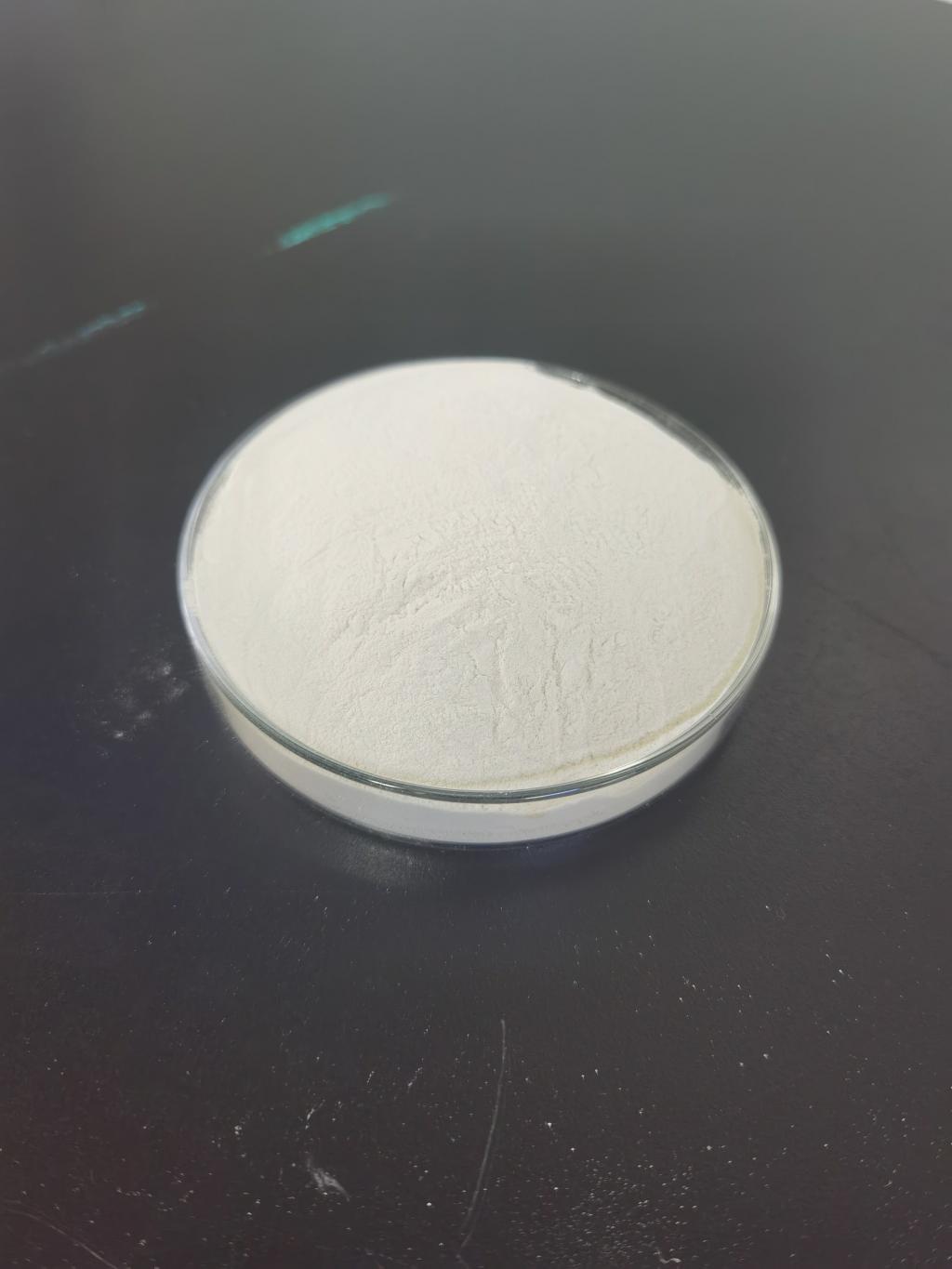Tel:+8618231198596

News
 CONTACT
CONTACT
 CONTACT
CONTACT
- Linkman:Linda Yao
- Tel: +8618231198596
- Email:linda.yao@dcpharma.cn
- Linkman:CHARLES.WANG
- Department:Overseas
- Tel: 0086 0311-85537378 0086 0311-85539701
News
Nisin: A Catalyst for Change in the Landscape of Food Preservation
TIME:2024-01-19
I. Unveiling the Origins and Mechanisms of Nisin:
Discovery and Early Use:
Nisin's journey began in the early 20th century when it was first discovered in fermented milk products. The lactic acid bacteria, particularly Lactococcus lactis, were found to produce this peptide, leading to its initial use as a natural preservative in dairy products.
Mechanism of Action:
Nisin's effectiveness lies in its unique mechanism of action. As a bacteriocin, it disrupts the integrity of bacterial cell membranes, causing leakage of cellular contents and eventual cell death. This broad-spectrum antimicrobial activity makes nisin a potent tool against a variety of bacteria, including foodborne pathogens.
II. Nisin's Revolutionary Impact on Food Preservation:
Natural Preservative in Meat Products:
The meat industry has witnessed a paradigm shift with the integration of nisin into preservation strategies. By inhibiting the growth of spoilage and pathogenic bacteria, nisin extends the shelf life of meat products, maintaining freshness and safety without resorting to synthetic additives.
Enhancing Dairy Product Stability:
Nisin has become a cornerstone in preserving the quality of dairy products. Its ability to combat spoilage organisms in cheeses and yogurts not only ensures product stability but also aligns with the consumer demand for natural and clean label ingredients.
III. Nisin in the Preservation of Plant-Based Alternatives:
Addressing Challenges in Plant-Based Products:
As the popularity of plant-based alternatives surges, challenges such as spoilage and microbial contamination become more pronounced. Nisin's integration into plant-based formulations helps address these challenges, ensuring the safety and shelf life of products ranging from plant-based burgers to dairy alternatives.
Texture and Flavor Enhancement:
Beyond preservation, nisin influences the texture and flavor of plant-based products. Its interactions with proteins contribute to a more appealing mouthfeel, bridging the gap between plant-based alternatives and their animal-derived counterparts.
IV. Regulatory Considerations and Safety:
Global Regulatory Landscape:
Nisin's acceptance and regulatory status vary across countries. While it has a generally recognized as safe (GRAS) status in the United States, obtaining regulatory approval in other regions may require a comprehensive evaluation of safety and efficacy.
Safety Profile:
Extensive research supports the safety of nisin consumption within established limits. Its natural origin and the fact that it has been a staple in certain traditional foods for decades contribute to its positive safety profile.
V. Future Innovations and Expanding Applications:
Biotechnological Advances:
Biotechnological advancements offer new possibilities for the production and modification of nisin. Engineered variants with enhanced stability, efficacy, or specific targeting capabilities may become instrumental in shaping the future of food preservation.
Combination Approaches:
Researchers are exploring combination approaches, combining nisin with other natural preservatives or technologies like high-pressure processing. These synergistic strategies aim to enhance the overall effectiveness of preservation methods while minimizing potential drawbacks.
VI. Nisin's Environmental and Economic Impact:
Sustainability Considerations:
The adoption of nisin as a natural preservative aligns with sustainability goals by reducing reliance on synthetic additives. Its contribution to extending the shelf life of perishable foods also helps minimize food waste, addressing environmental concerns.
Economic Implications:
Nisin's cost-effectiveness and efficiency in preserving a wide range of foods have economic implications for the food industry. As production processes become more streamlined, the overall economic impact of nisin as a catalyst for change becomes increasingly significant.
VII. Conclusion:
Nisin's journey from its discovery in fermented milk to becoming a catalyst for change in food preservation represents a transformative chapter in the history of food science. Its unique antimicrobial properties, natural origin, and versatility make it a pivotal tool in the quest for safer and more sustainable food preservation methods. As the global food industry continues to evolve, nisin stands as a beacon of innovation, paving the way for a future where the safety, quality, and longevity of our food supply are safeguarded by nature's own antimicrobial guardian.
- Tel:+8618231198596
- Whatsapp:18231198596
- Chat With Skype







